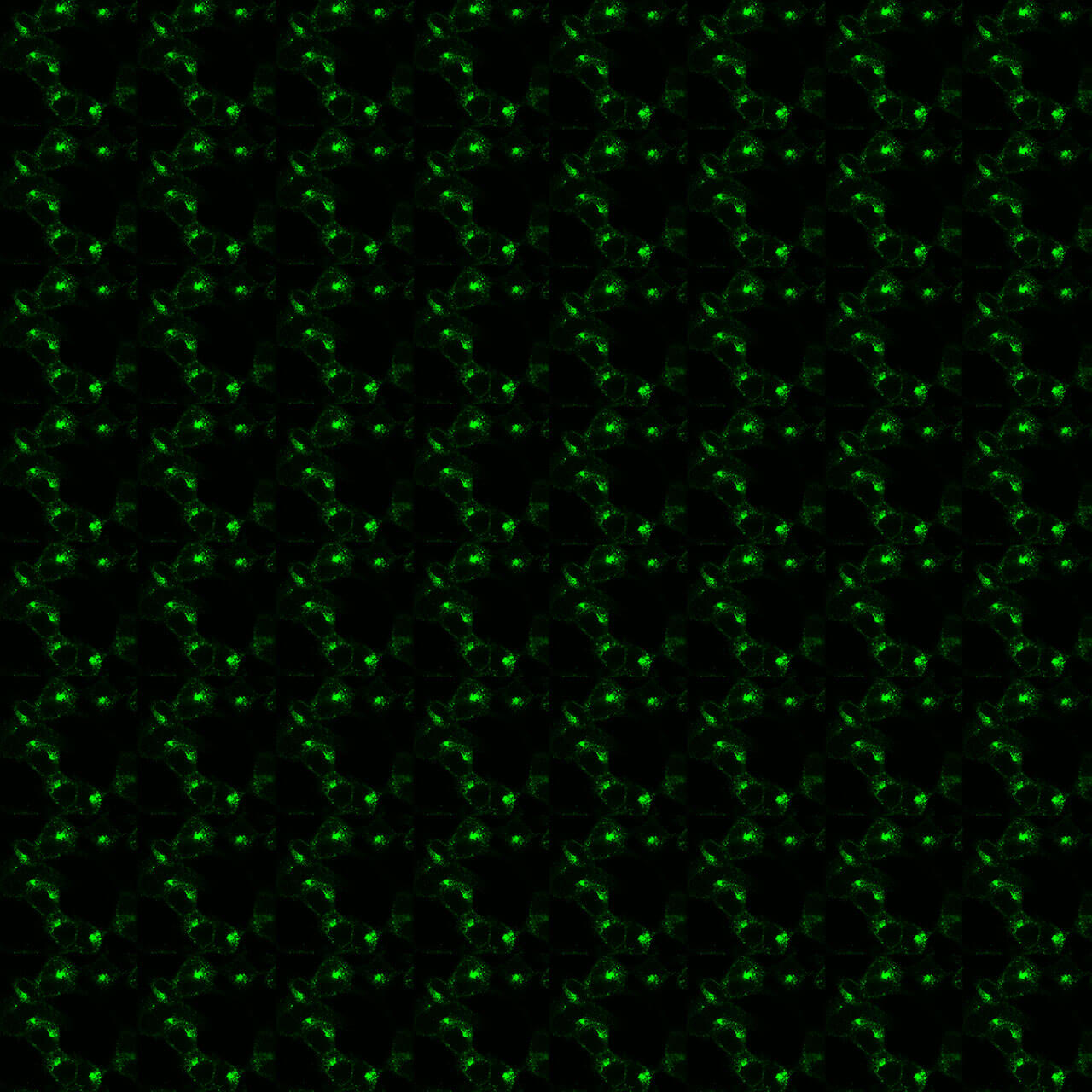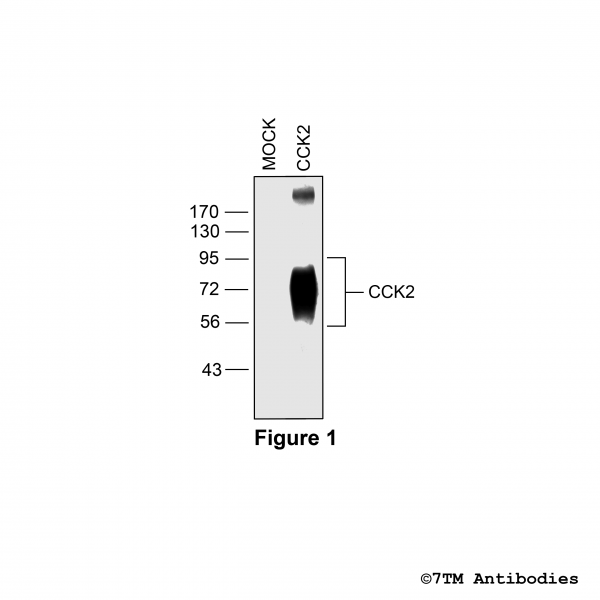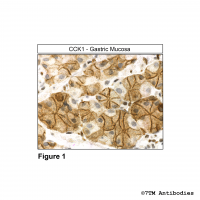Prices plus VAT plus shipping costs
Ready to ship today,
Delivery time appr. 5-8 days
- Order number: 7TM0077N
- Content: 100 µl
- Host: Rabbit
The CCK2 receptor antibody is directed against the distal end of the carboxyl-terminal tail of human Cholecystokinin Receptor 2 (previously called CCKB). It can be used to detect total CCK2 receptors in Western blots independent of phosphorylation. The CCK2 antibody can also be used to isolate and enrich CCK2 receptors from cell and tissue lysates.
| Alternative Names | CCK2, CCKBR, Cholecystokinin Receptor 2, Cholecystokinin Receptor B |
| IUPHAR Target ID | 77 |
| UniProt ID | P32239 |
| Western Blot (WB) | 1:1000 |
| Immunocytochemistry (ICC) | 1:200 |
| Species Reactivity | Human |
| Host / Isotype | Rabbit / IgG |
| Class | Polyclonal |
| Immunogen | A synthetic peptide presents part of carboxyl-terminal tail of human CCK2. |
| Form | Liquid |
| Purification | Antigen affinity chromatography |
| Storage buffer | Dulbecco's PBS, pH 7.4, with 150 mM NaCl, 0.02% sodium azide |
| Storage conditions | short-term 4°C, long-term -20°C |
Figure 1. Validation of the Cholecystokinin Receptor 2 in transfected HEK293 cells. Native HEK293 cells (MOCK) or HEK293 cells stably expressing the Cholecystokinin Receptor 2 (CCK2) were lysed and immunoblotted with the anti-CCK2 antibody (7TM0077N) at a dilution of 1:1000. Note, CCK2 forms stable multimers.
Figure 2. Immunocytochemical identification of Cholecystokinin Receptor 2 in HEK293 cells. HEK293 cells stably expressing the Cholecystokinin Receptor 2 (CCK2) were either not exposed or exposed to 1 μM CCK-8 (Cholecystokinin-8) for 30 min and immunocytochemically stained with anti-CCK2 (Cholecystokinin Receptor 2) antibody (7TM0077N) at a dilution of 1:200. Note, CCK2 receptors were confined to the plasma membrane in untreated cells (0 min). CCK2 receptors were seen in perinuclear clusters of vesicles after 30 min CCK-8 exposure.
Schulz S, Röcken C, Mawrin C, Schulz S. Immunohistochemical localization of CCK1 cholecystokinin receptors in normal and neoplastic human tissues. J Clin Endocrinol Metab. 2005 Nov;90(11):6149-55. Epub 2005 Aug 16. PubMed PMID: 16105969.

















